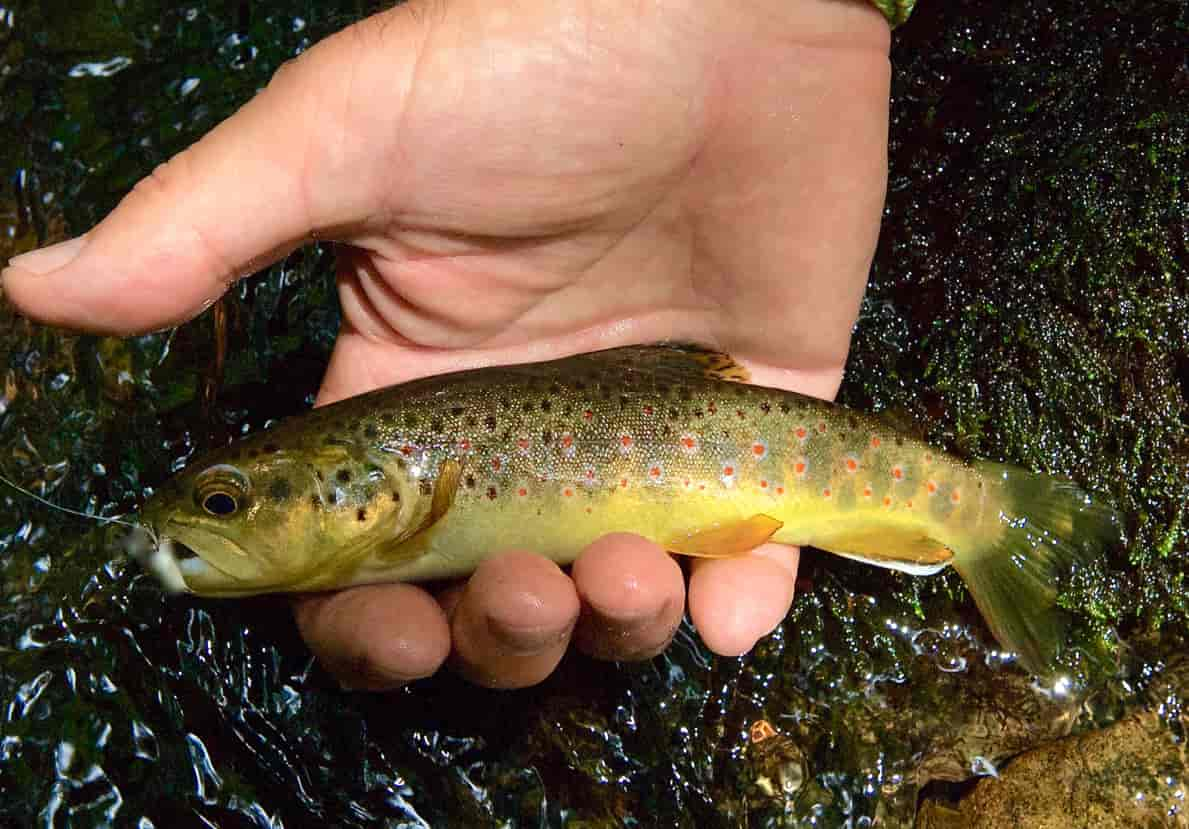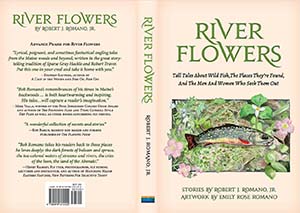First Days

Having planted my peas in soil still moist from a late-season snowstorm, I walk our property, stopping to clean out a number of birdhouses, each nailed to a cedar post. When a field mouse pokes its head out of one such box, I take a step back, reluctant to evict the tiny rodent from its winter residence.
Afterward, I follow Winslow, our thirteen-year-old Labrador as he hobbles toward the gate separating a woodlot from the gardens surrounding our home. The old dog still enjoys spending time sniffing through the hardwoods, which are a part of the twelve-acres that comprise our property.
Every so often we come upon a pile of pellets. You can tell what the deer have been foraging from the texture of their scat. This time of year, piles of individual pellets, similar to those left by cottontails, indicate firmer food such as twigs and acorns while the lumpy dumps found in late spring and summer are the digestive remains of grasses and leaves. The deer’s single-file trails remind me of the winding path that meanders down to the edge of Bonnie Brook.
Winslow follows the scent of a rabbit, its erratic tracks sunk into the damp earth, while I stop to examine the woodland floor where a flock of turkeys has scattered fallen leaves while searching for insects. For the first time in a long while, I feel the sun, warm on my face. Calling for the Lab to follow, I turn back toward the gate.

Bob Romano’s newest book River Flowers is available now. Visit forgottentrout.com for ordering information.
Not long afterward, the old dog has curled his eighty-plus pounds onto the cushion of an upholstered chair once owned by my grandparents, and what we now refer to as “his office.” Meanwhile, I’m rushing about the house gathering gear from its four corners—a fly box from a desk drawer left there last November, a reel in a wooden box where it is stored when not in use. In the back of a hall closet are my hippers slumped beside a pair of wading boots, their felt worn thin. Hiding on a shelf, under a stack of mismatched winter hats and gloves, is the waist-pack, its Woods River patch faded over time.
From beside the back door where it has patiently waited throughout the winter months, I grab an aluminum tube containing the little fly rod constructed of golden cane on a Paul Young Midge taper by the Michigan rod builder, Ron Barch.
Those who fish streams stocked by the state must wait another few weeks for opening day, but wild-trout streams like Bonnie Brook are open throughout the year, with my first day of the season being whenever I decide to tramp down to the side of the stream.
On this afternoon, there remains patches of snow around the trunks of the hemlocks that have guarded the headwaters of the little brook for more than a hundred years. The damp earth sinks under my wading boots, the air filled with the smell of the awakening forest. Kneeling on a boulder with splashes of neo-green lichen, I stare down into the current. Dark and unwelcoming, it is swollen with snowmelt.
Above me, a little black stonefly flutters in the air. Another bounces on the surface as it deposits eggs in a pool a few yards upstream. Others alight in a tangle of brambles, wild rose, and barberry along the far bank. Found on the water during these first days on the stream, this is the first hatch before the quills of April make their appearance.
Stepping aside, I slip on my eyeglasses to thread a tippet through the eye of the fly selected for this prequel to the new season. It’s a simple pattern, with a body of black beaver dubbing, and a dun-colored cdc wing tied longwise combined with a bit of polly-yarn to help make the fly more visible.
My fingers are as stiff as my thighs, but memory takes over as I work a bit of saliva into the knot securing the imitation to the line. Confidence returns as I lean over the boulder, the line slipping over my right shoulder then forward, the pattern alighting on the run where the stonefly had previously skittered across the surface.
During the next hour, I fail to raise a fish. About to turn back downstream, I spy movement in a patch of water tight along the far bank. Was it a sunken leaf drifting along with the current or perhaps a fin, maybe a jaw opening to take in a nymph?
When the sun slips out from behind a passing cloud, I spy a shadow moving against the current. In the run, no more than a foot wide, the fish is protected by the limb of a pin oak, its naked branches extending outward inches from the stream’s surface.
After a single backcast, twenty feet of line unfurls over the surface, the #16 fly touching down a few inches from the bank and a foot or so above the tree’s outstretched branches. The current carries the combination of feather and fluff along a set of shallow riffles. As it slips under the branches, it appears to hesitate above a patch of water that is darker than the rest.
I draw in a breath, twitching the tip of cane to impart life to the pattern while holding the line between thumb and forefinger of my left hand, my right hand tightening around the cork above the reel. It is this moment of uncertainty, perhaps more than any other, that draws me back to this little rill, with its aging hemlocks, lichen-covered boulders, dark current, and wild trout.











